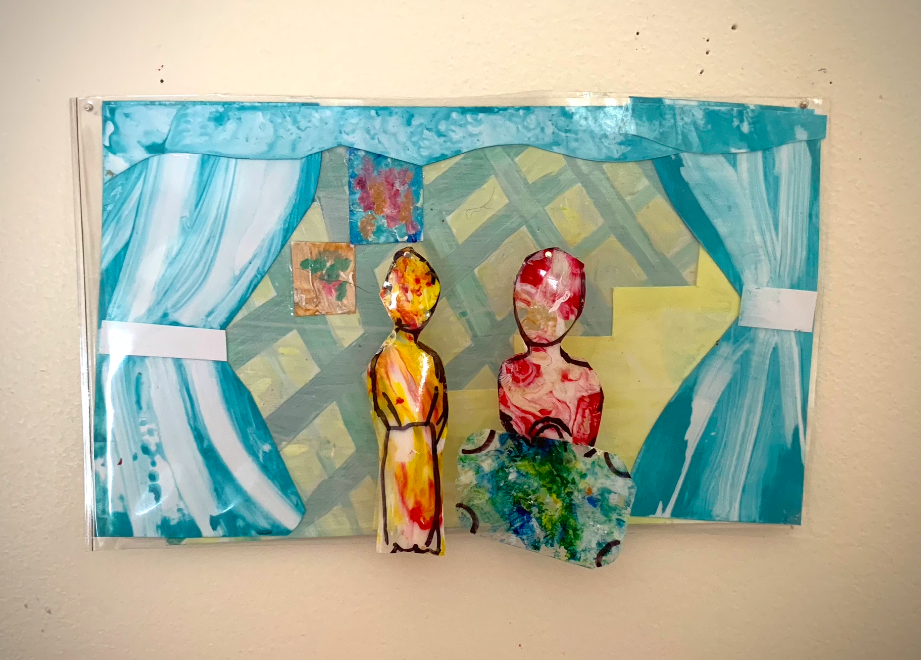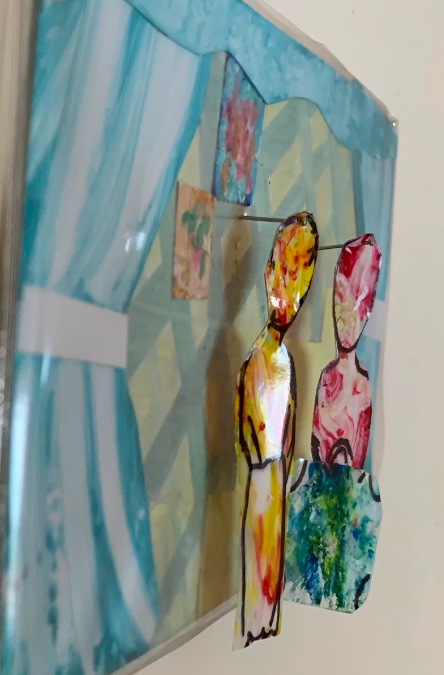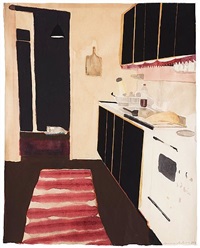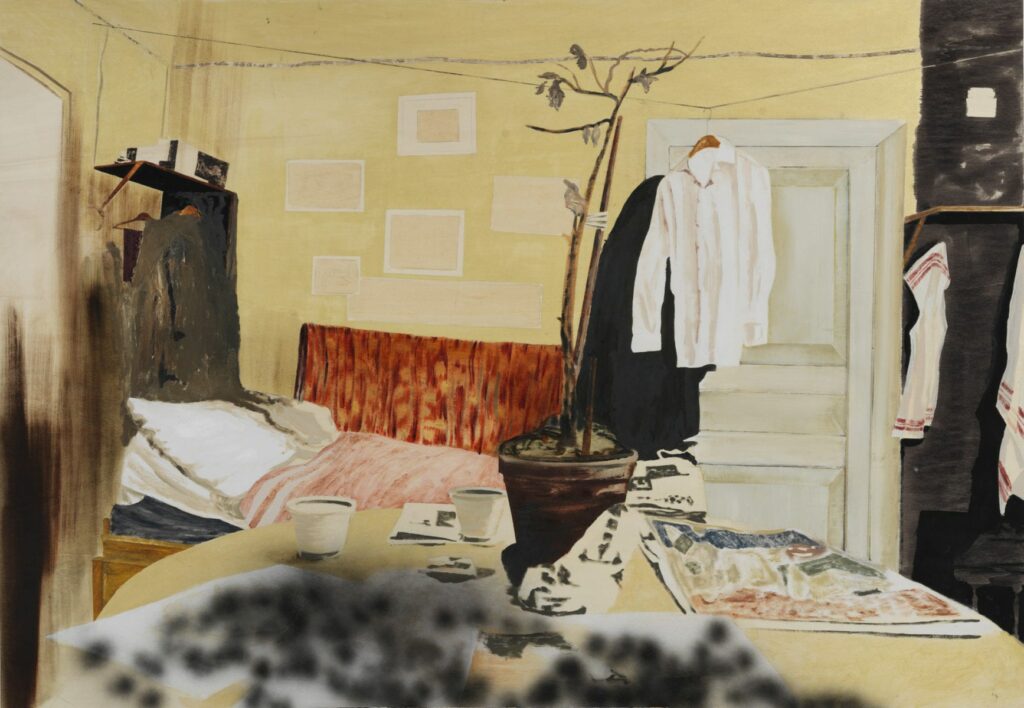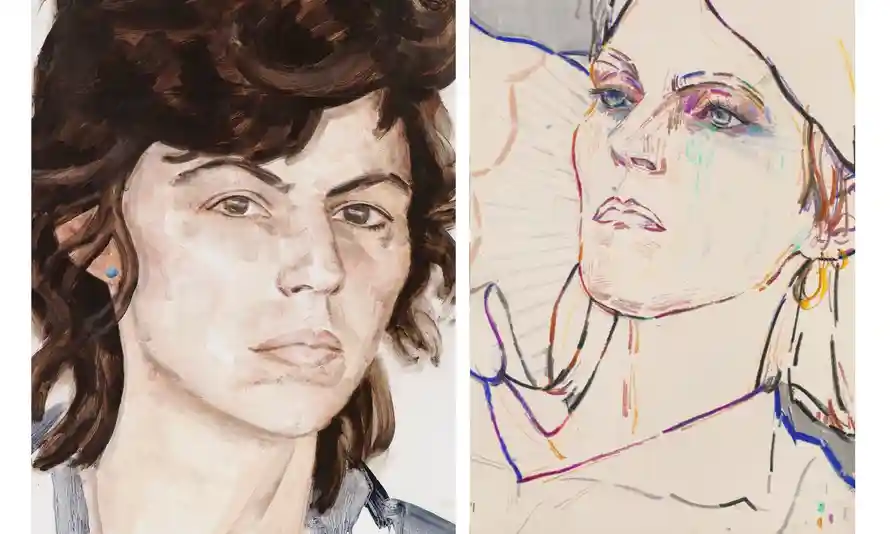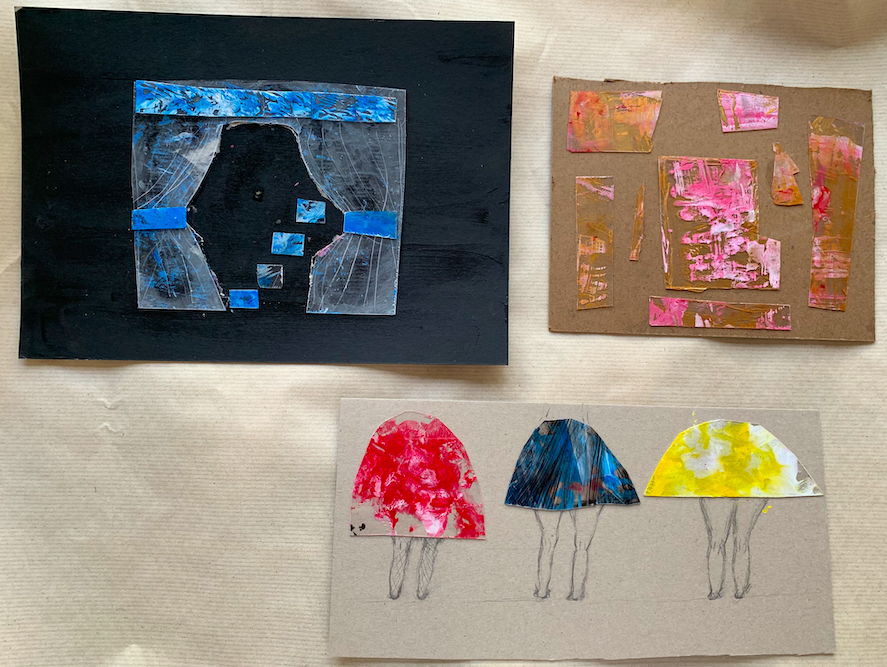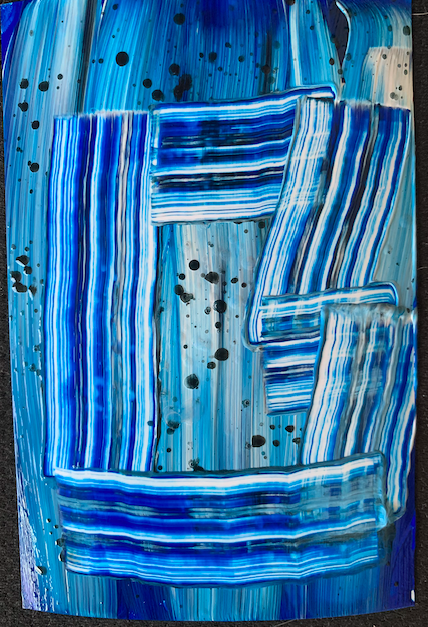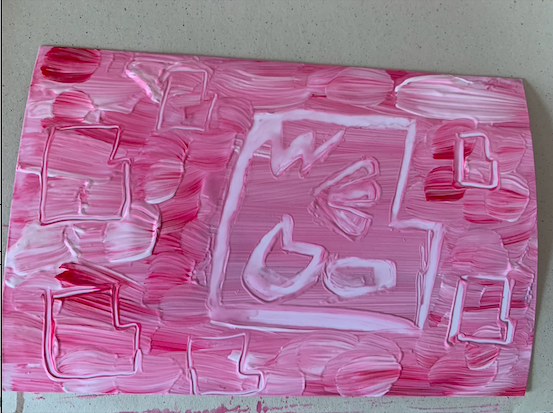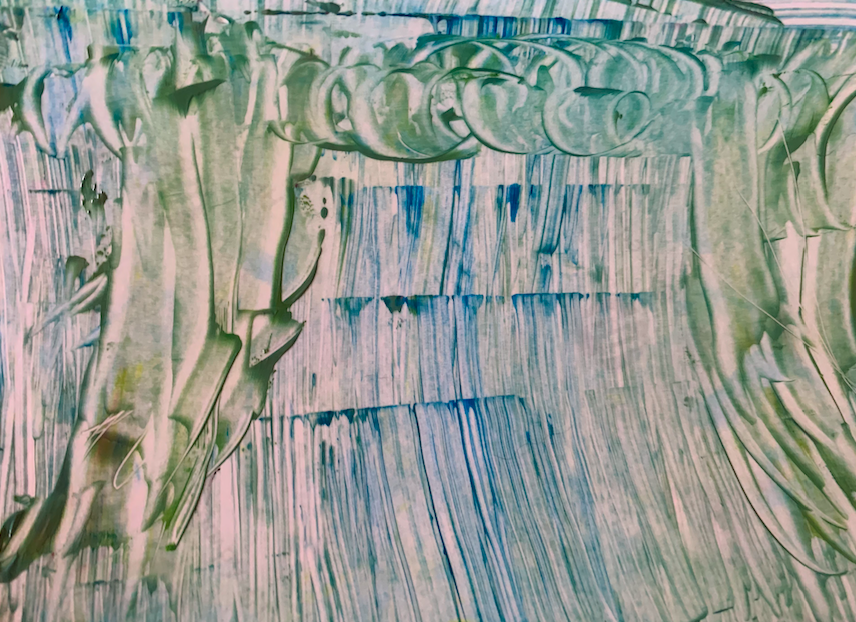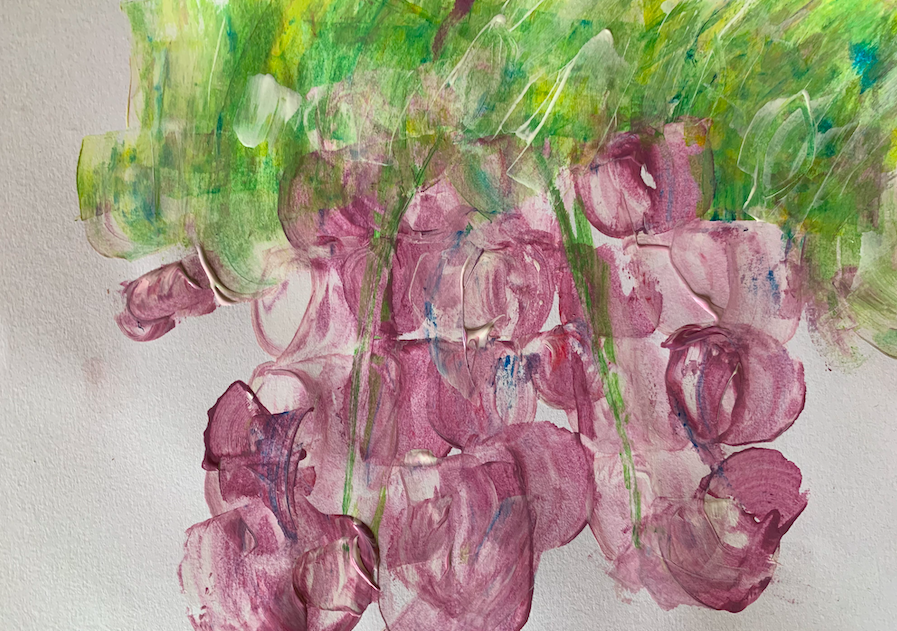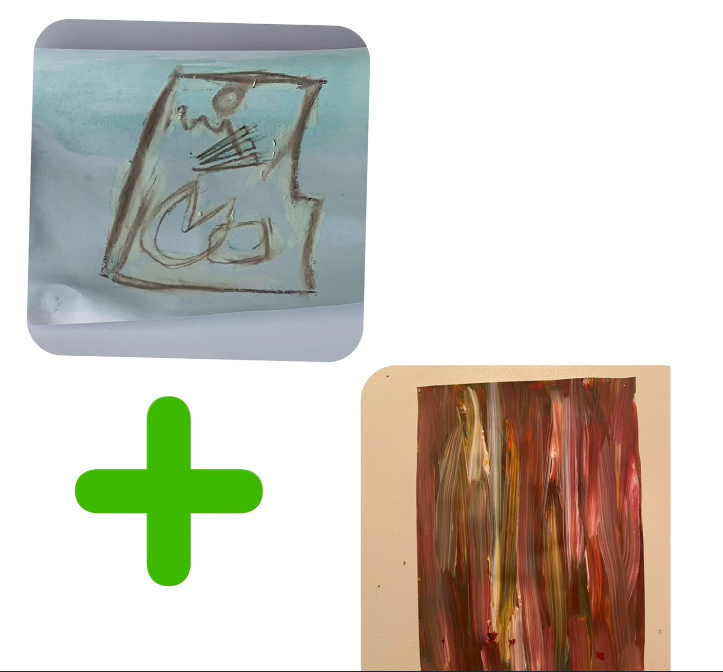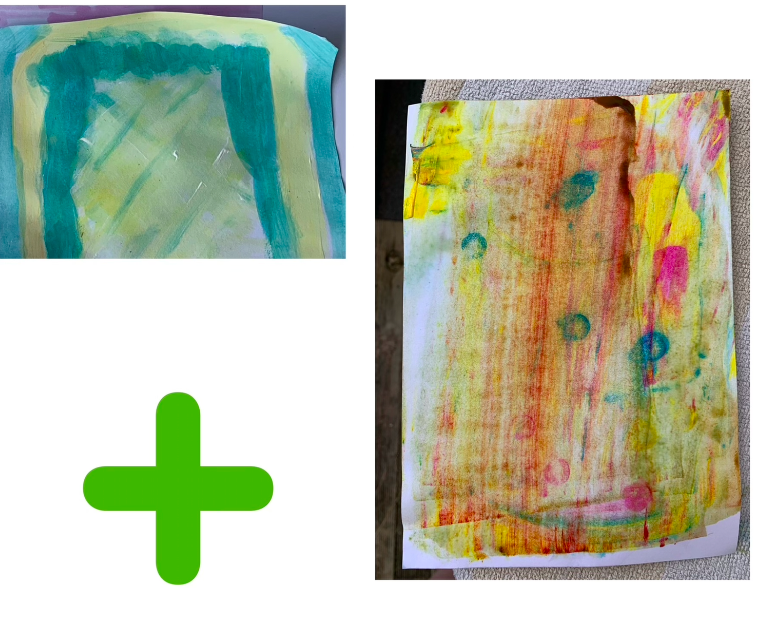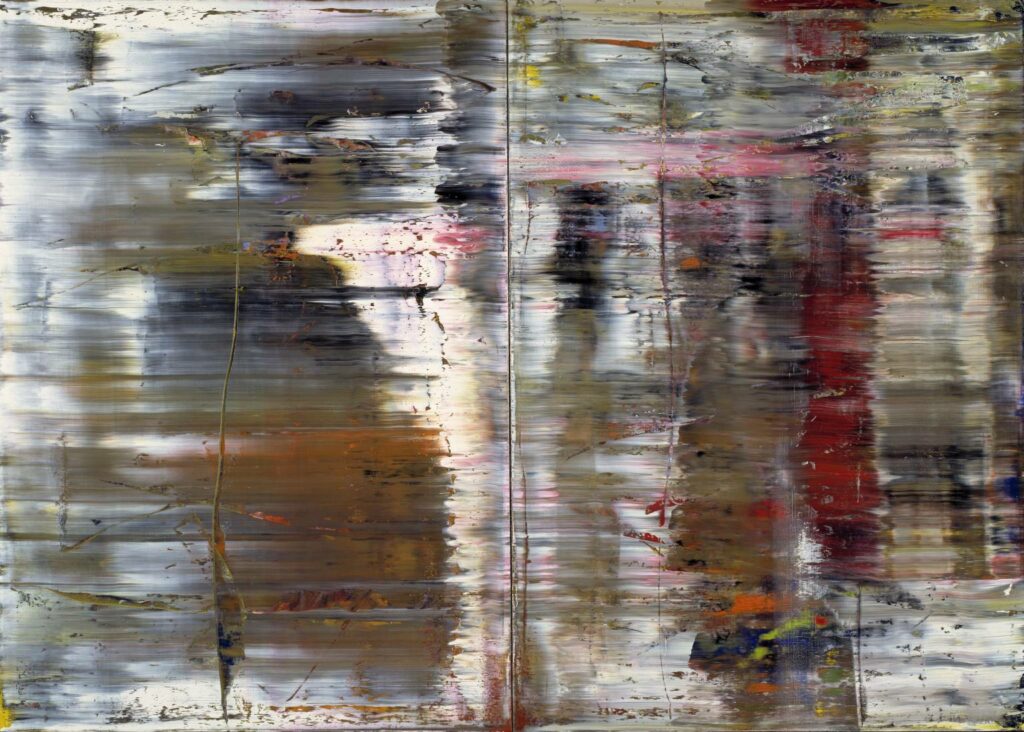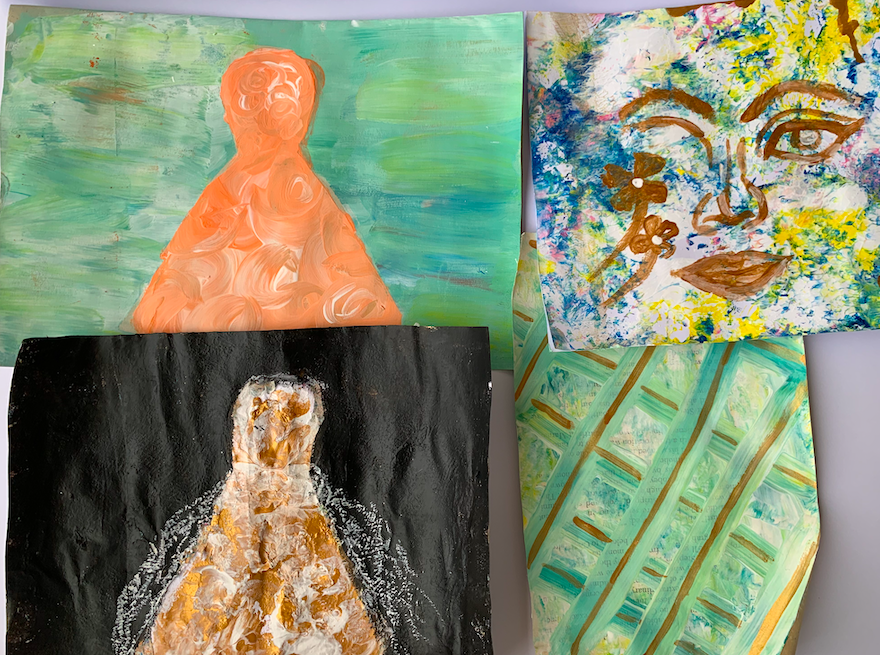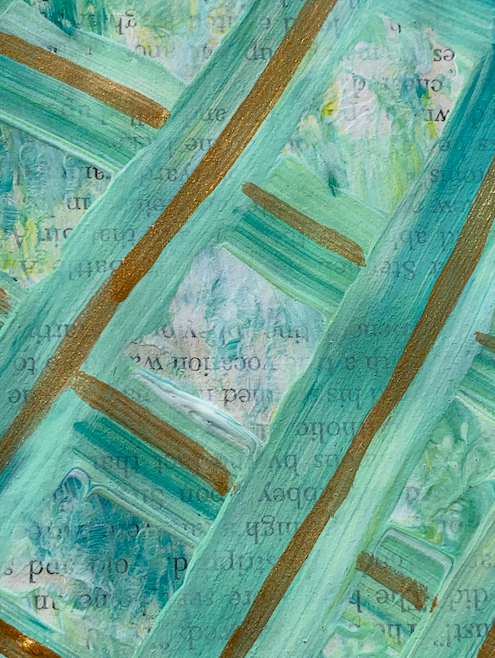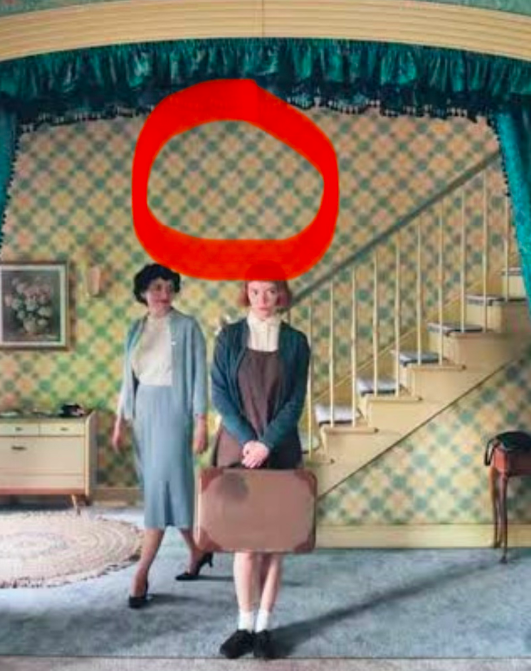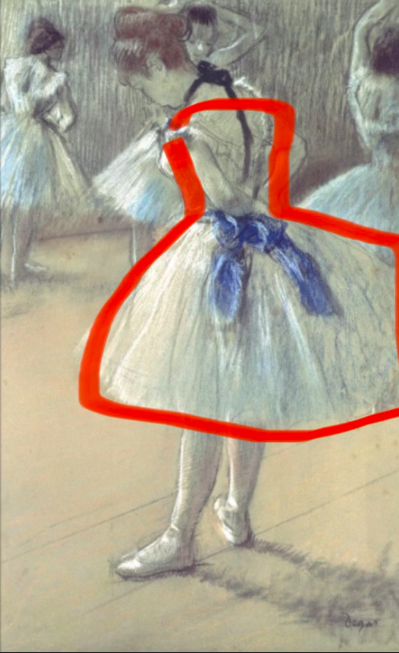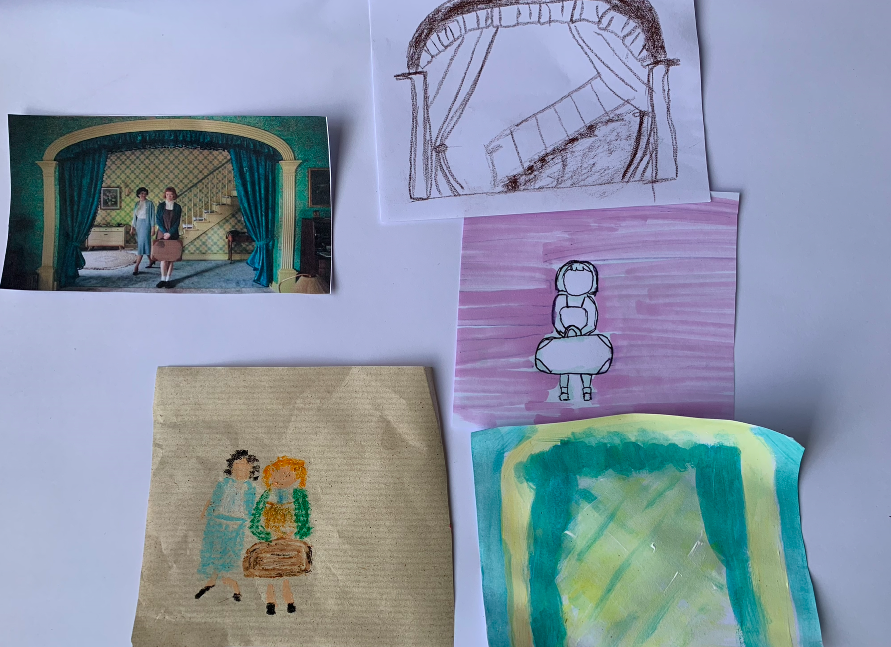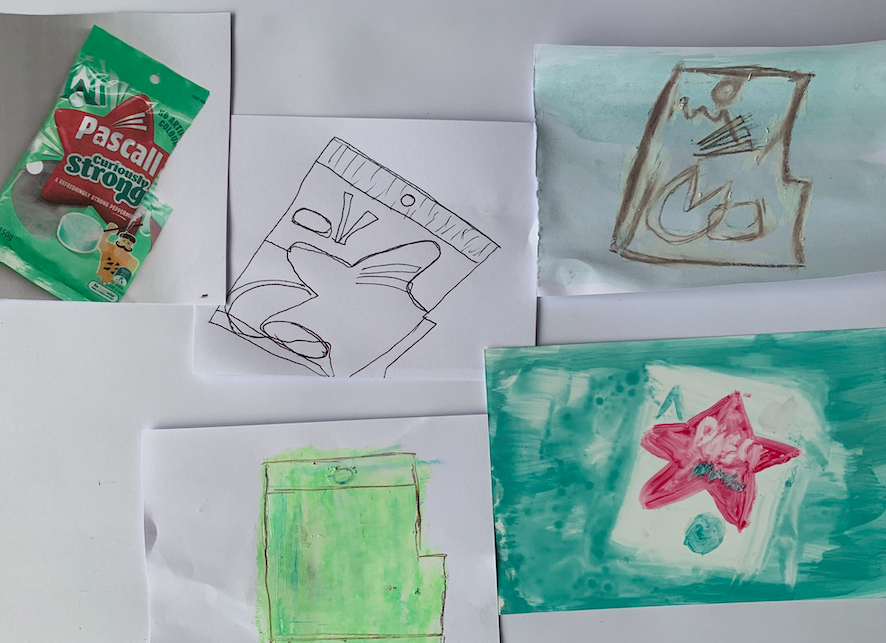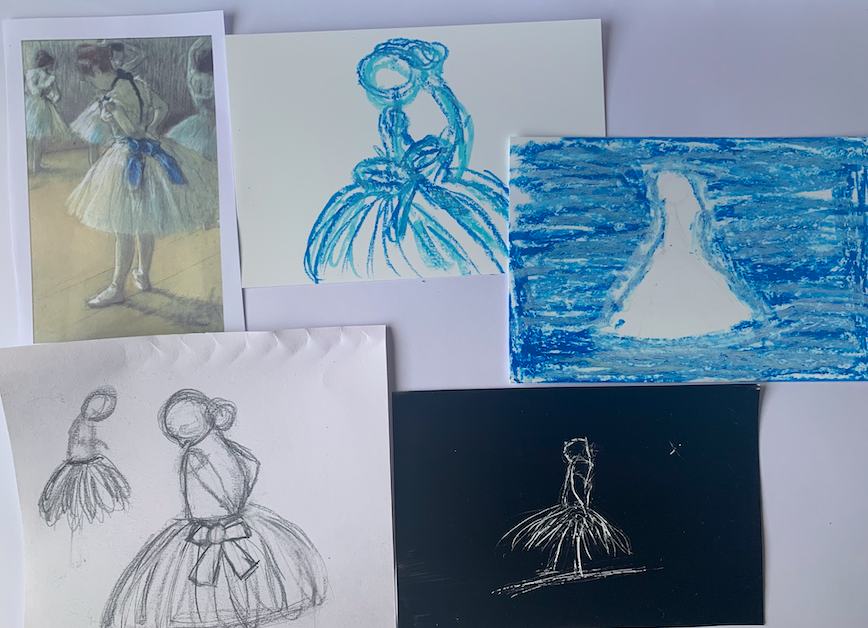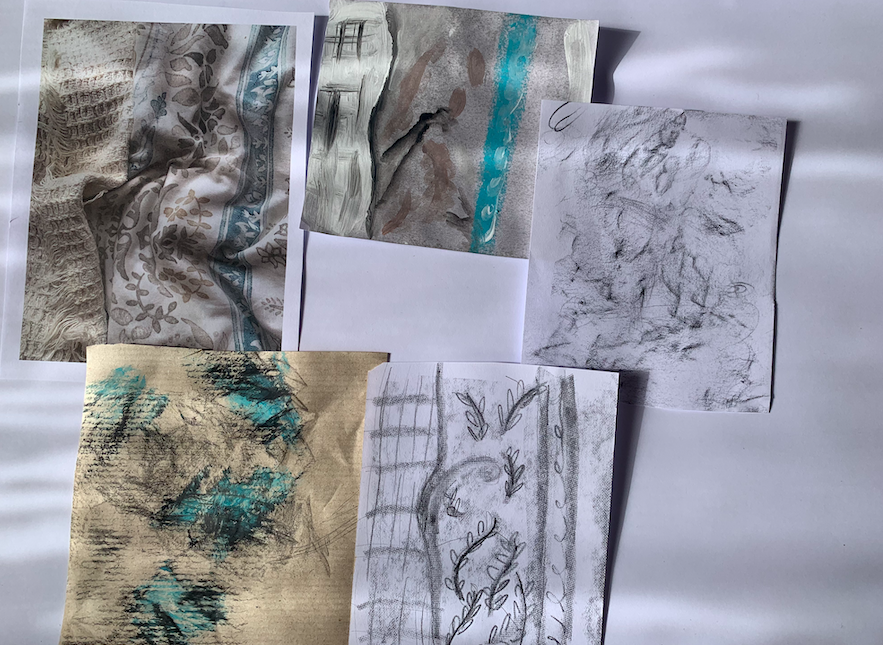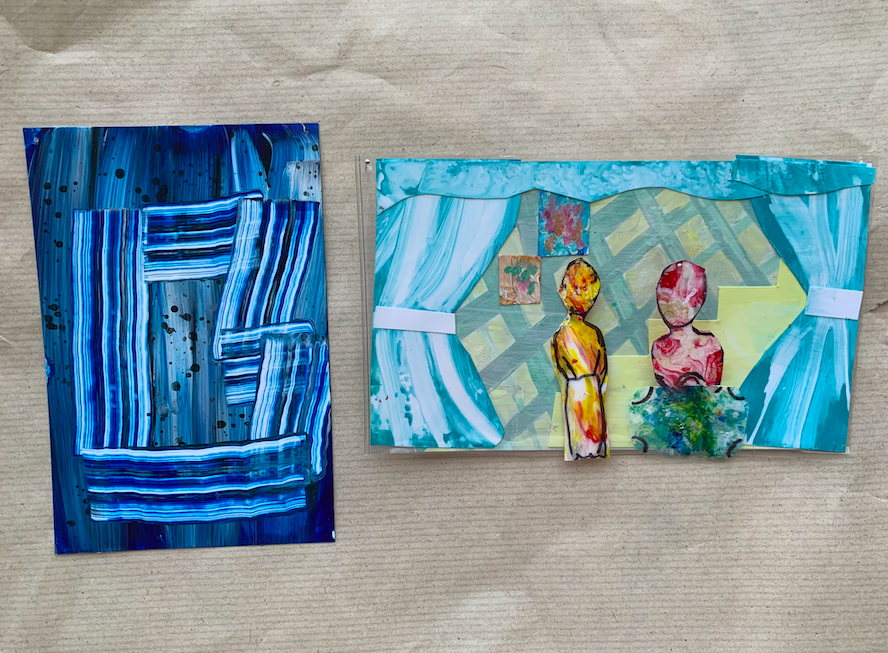
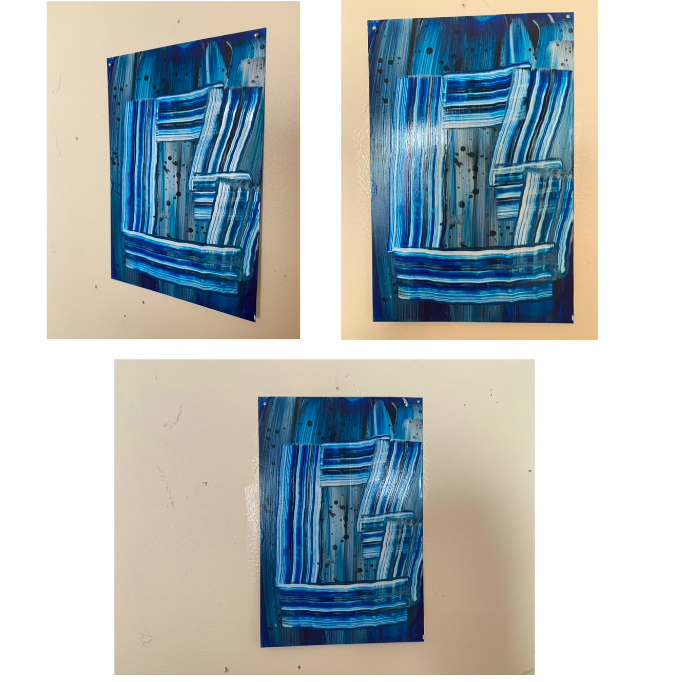
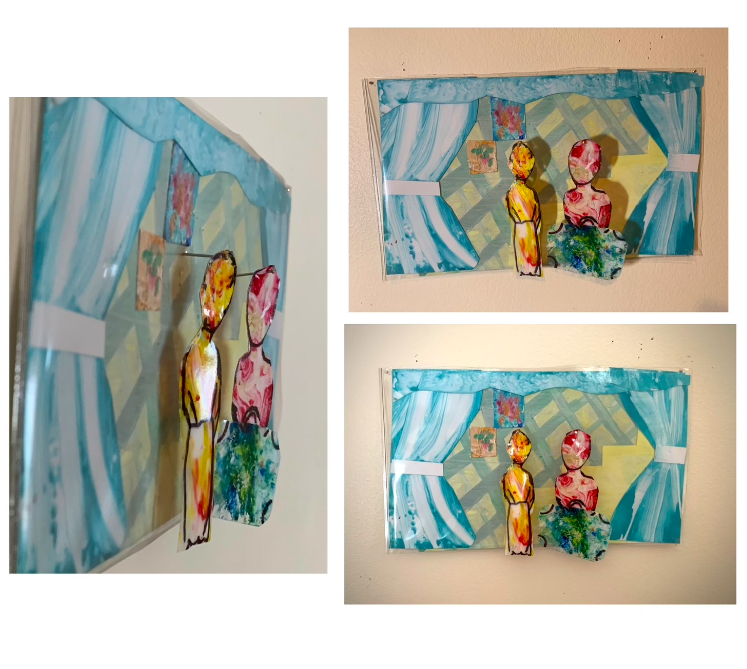
Reflection
This brief was one that I didn’t think I was going to enjoy, I didn’t think I was going to be able to produce work that I was fascinated with but I was wrong. The brief challenged me definitely but I learnt so much about not focusing on the final outcome of the work but thinking about the process that went into the work. I picked these two works to be my final images as I believe they really convey my progress over the last four weeks. Right at the beginning of the brief, I found myself interested in the fluidness of paint. In my first-week verb works, I really played with different concentrates of paint because I was interested in how the paint looked. Focusing on the look and feel of the paint helped me to take my mind off making my images look perfect. This is why I picked the image “Boxed in” it helped me look at the process “Silhouettes” had the same effect. Overall this brief has helped me to find a style of art that im very interested in and a style that I would like to transfer over to different mediums (photography).
“Boxed in”
“Boxed in” came from a shape I used in week two reference images. It came from the piece of rubbish reference. When responding to the ref images I decided to block out the shape of the rubbish which was a bag of mints. The bag had a tear in it which made for an interesting geometric shape. When combing images in week three I was still drawn to this shape so I decided to mix it with the verbs from week one. This resulted in the image seen. The colour and texture of this work well. The idea of the smearing verb works from week one really help in providing that thick look. This piece is simple but its simplicity to me is what made this image successful. Another feature of this work that is successful is the change of directions the shape goes against the grain of the image which creates contrast without needing a range of colours. If I was to develop this image again I would look at different materials maybe like wood or glass I think it would be interesting to see what images the different material would create.
“Silhouettes”
“Silhouettes” is my most recent work and most developed. This was one of the reasons I picked it as a final image. Another reason I picked it was my genuine interest in the style I picked. After looking and researching Mamma Anderson I really felt this way of working was what I was most interested in. In this image, I took the image from week two of my reference image which was a scene from the show Queens Gambit. When processing this image I focused on the background and figures separately but for this final image, I wanted to include both subject matters. The figures/silhouettes are filled with the more abstract splatter-spread look this came from the week one verbs work. The background also holds more techniques I found while doing the verb works. For example the curtain, I used the idea of swiping to give it depth. I put the figures on longer pins to space them away from the wall. This meant when a light was shined onto them they create a nice shadow which I really thought was successful. I find the layering in this work to be most successful but if I was to do this work again I would look at maybe make all the separate layers stand off the wall like my figures. I think this would add a sculpture element that would be an interesting continuation.

